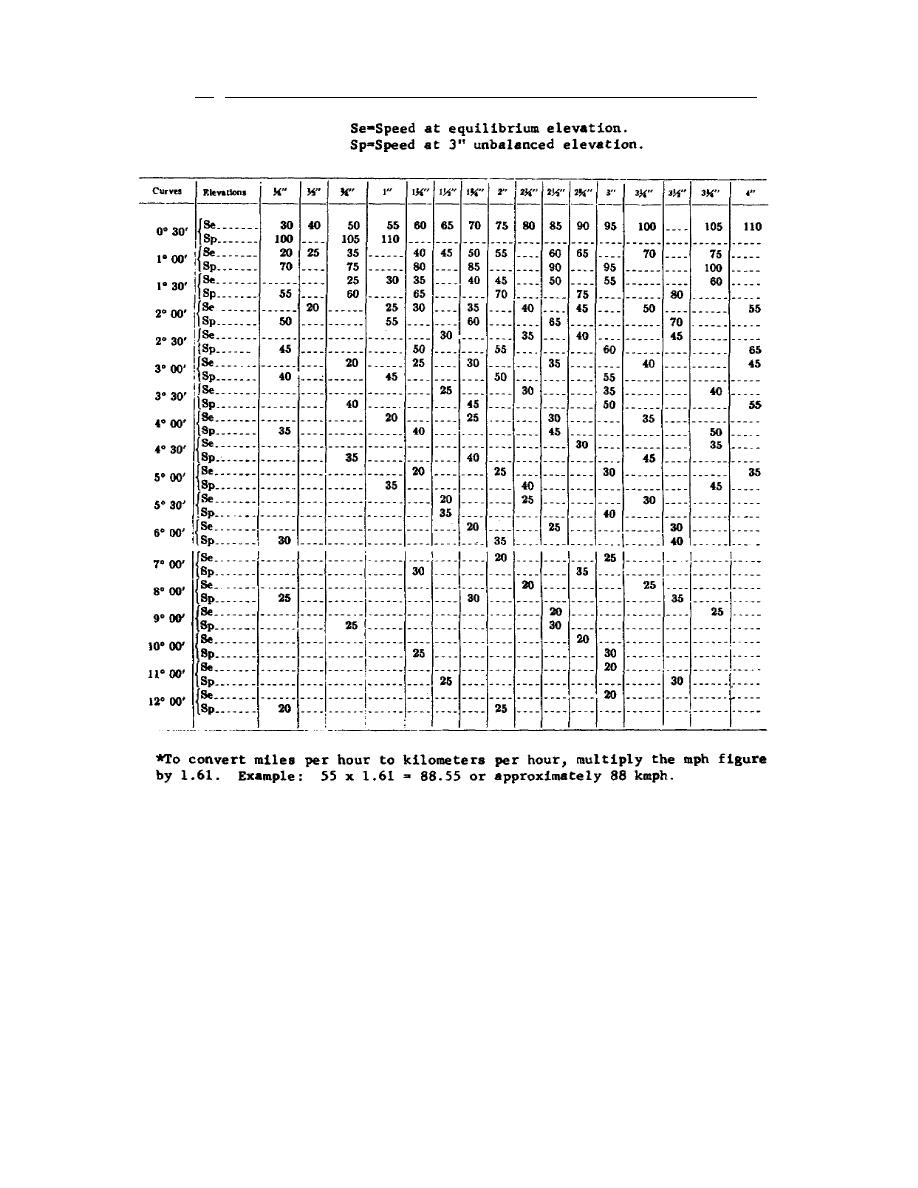
Table IV. Permissible Speeds at Various Superelevations and Degrees of Curvature, MPH*
For standard-gage track, the amount of superelevation is represented by e = 0.00066 DV2, where D is the
curvature in degrees and V the train speed in miles per hour. This formula gives the height of superelevation that
will give the train equilibrium, that is, will permit it to bear equally on both rails. This amount of raise is known
as the equilibrium superelevation. It means the height in inches that the high or outside rail must be raised to
compensate for the side thrust and overturning action of centrifugal force.
68



 Previous Page
Previous Page
